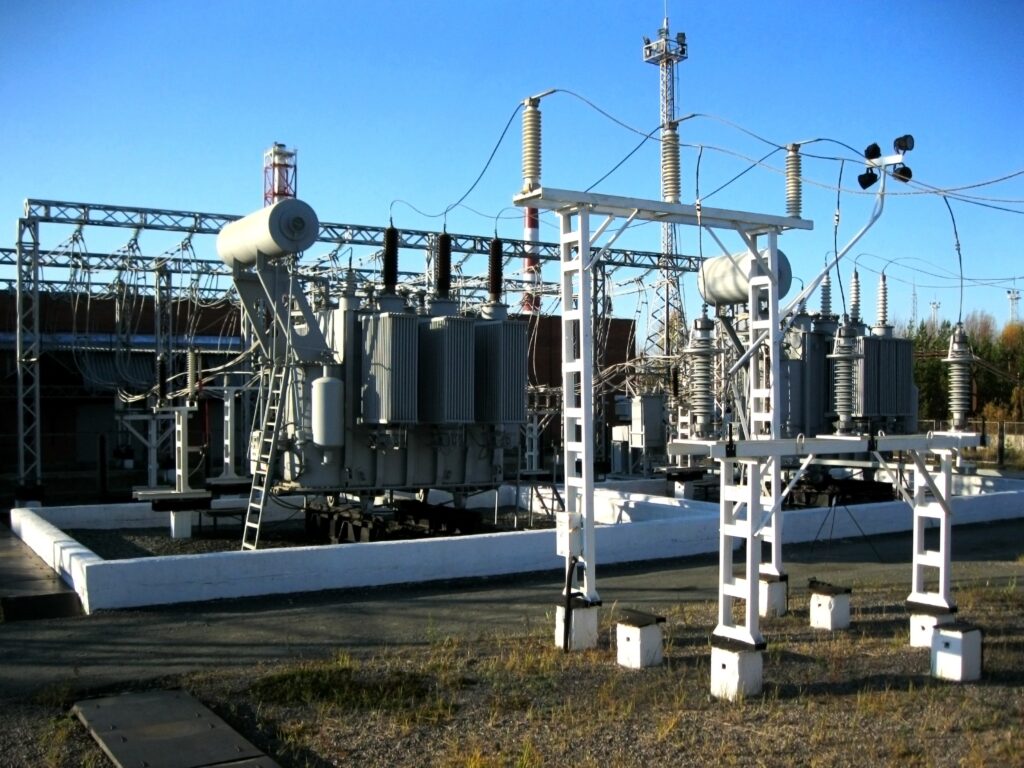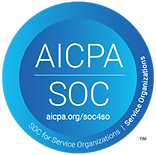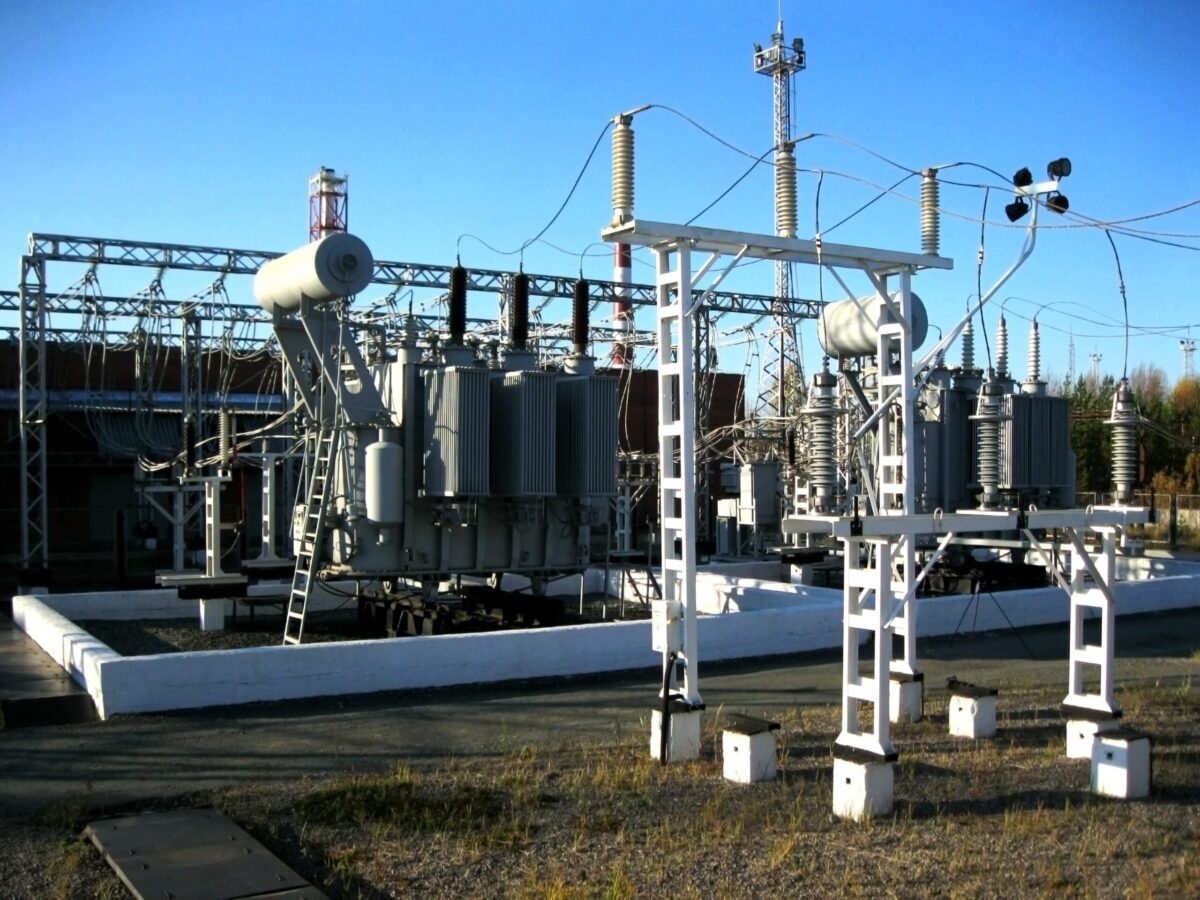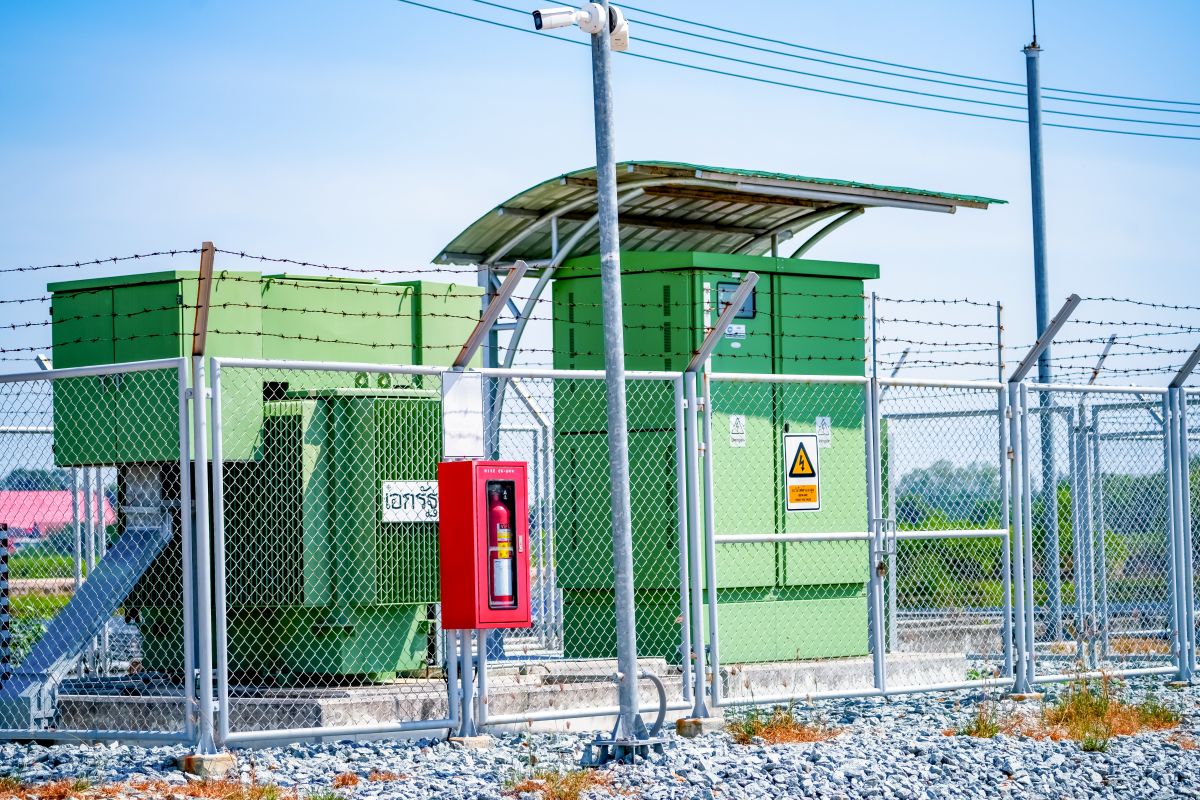NERC MOD-025 is a key reliability standard that ensures accurate modeling of generating units and synchronous condensers by requiring verification of real and reactive power capabilities. While the testing is straightforward, compliance often hinges on process discipline and attention to detail. The top four reasons entities fall out of compliance with MOD-025 include:

- Delayed Scheduling of Staged Testing: Too many entities wait until the end of the compliance window to coordinate staged real/reactive power capability tests with their Regional Transmission Organization (RTO) or Independent System Operator (ISO). These tests require significant planning and approvals. Waiting too long increases the risk of missed deadlines and non-compliance.
- Late Submission of Test Results: MOD-025 requires that verified test results be submitted to the Transmission Planner (TP) within 90 calendar days of test completion. Missing this window, even if the test was done on time, constitutes a violation.
- Incomplete Data Submissions: Providing test results using a TP- or RTO-provided form that does not include all required data fields from Attachment 2 of MOD-025 is a common oversight. Even if the form is accepted by the TP or RTO, entities are still accountable for ensuring all required data is present.
- Misalignment Between Test Conditions and Equipment Capabilities
Some entities conduct the real/reactive power capability test under conditions that don’t reflect the unit’s actual maximum capabilities — such as testing during off-peak load periods or without sufficient excitation. As a result, the data submitted doesn’t represent the true performance of the unit, leading to discrepancies in power flow models and potential noncompliance with the intent of MOD-025.
MOD-025 compliance is not just about testing; it’s about testing under valid conditions, documenting the correct data, and meeting deadlines. Entities that treat MOD-025 as a cross-functional effort between operations, compliance, and engineering are best positioned to stay audit-ready.
For more information on MOD-025 and how Certrec can assist with compliance, visit www.certrec.com or contact us at NERCExperts@certrec.com.
Share
Services
Preparing for Your NERC Audit Checklist
Respond to NRC requests and share information securely.
NERC Audit Checklist
Streamline Your NERC Audit Preparation Process
As a trusted resource in regulatory compliance, Certrec simplifies your journey through complex regulatory requirements, enabling a smooth audit experience. Our comprehensive NERC Audit Checklist offers a structured approach to preparing, ensuring you’re ready for every phase of the audit process. This checklist covers crucial steps, from identifying standards to preparing evidence, guiding you through the preparation, and reducing audit stress.


NERC Audit Checklist
Designed for Compliance Success
Certrec’s NERC Audit Checklist is crafted by compliance experts to help you avoid common pitfalls and ensure effective audit preparation. With this checklist, you can:
- Identify applicable standards and audit requirements.
- Gather and organize necessary audit evidence.
- Develop robust RSAW narratives and evidence packages.
- Strategize to handle any potential noncompliance findings.
- Conduct thorough mock audits to prepare your team.
NERC Audit Checklist
Avoid the Challenges of Manual Compliance Preparation
Traditional methods can be overwhelming, requiring multiple tools and extensive manual effort. Certrec’s NERC Audit Checklist organizes your compliance needs into a comprehensive resource, allowing for more effective and streamlined preparation.

NERC Audit Checklist
Key Features of the NERC Audit Checklist
- Understand Audit Evidence Requirements
Collect all essential documentation, including policies, procedures, and records that prove your compliance. Ensure you have supporting materials such as screenshots, reports, training records, and other documentation. - Develop RSAW Narratives and Evidence Packages
Create clear narratives in your RSAW to guide auditors through your compliance evidence. Explain how your processes meet compliance standards and outline any internal controls used to maintain compliance. - Prepare for Potential Noncompliance
Use the self-report process for any potential noncompliance findings before the audit. This proactive step helps mitigate findings during the audit. - Conduct a Realistic Mock Audit
Engage in a mock audit to simulate the official process, including interviews, question-and-answer sessions, and evidence requests. Familiarize your staff with the audit process, ensuring they can confidently present your compliance evidence.

Automate your NERC audit preparation, evidence management, compliance tracking, and follow-up actions.
Certrec offers tailored audit preparation services to assist you with every aspect of your NERC audit journey. Our team can conduct mock audits, provide witness coaching, and support you with RSAW development.
Community Insights
Research questions from individual NRC inspectors and see responses across participating sites.
Save Time and Resources
Based on the experience of our clients, we have concluded IMS provides a realistic savings of $70,000 per site per year.
Controlled NRC Access
Manage NRC access to responses and remove access once an inspection ends.
Secure
We are ISO/IEC 27001:2022 certified, completing yearly audits and SOC 2 Type 2 examinations.
Vendor-Hosted Solution
Free up your IT resources. IMS is cloud-based with all data FedRamp secure and stored in the U.S. For the past 7 years our availability has been greater than 99.9%.
Mobile Friendly
IMS is accessible through a web browser and is mobile and tablet friendly for use while in the field.











